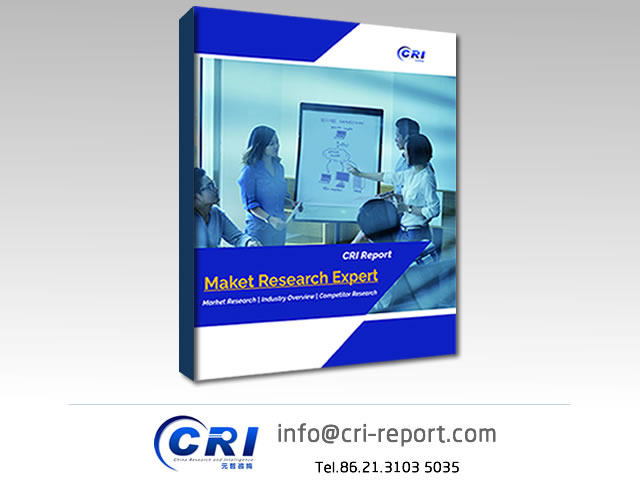Description
Market Analysis
Blood Collection for testing assumes a fundamental role in an effective medical treatment at the hospitals, healthcare and diagnostic centers all over the world. Blood test accumulation method incorporates a chain of sequence, and each sequence of this grouping is very imperative to keep up high-quality clinical outcomes. Global capillary blood collection devices market is anticipated to grow at a CAGR of 10.0% during the forecast period 2017–2023.
It has been noticed that the medical device regulation is the key factor driving the growth of the capillary blood collection devices market. Control of the usage of a medical device must be upgraded and improvised to protect the well-being of the patient. It must be ensured that high-quality products and effective technologies reach the patients. Developing interest for analysis of chronic diseases, the rising prevalence of diabetes, and expanding geriatric populace are additionally energizing the market development. However, the higher risk related to the capillary blood assortment technologies leading to blood contaminations may restrict the growth of the capillary blood collection devices market.
Market Segmentation
The global capillary blood collection devices market is divided on the basis of its type of devices, material, and end-user industry. On the basis of its type of devices, the global capillary blood collection devices market is bifurcated into lancets, blood collecting tubes and collector, and warming devices. Based on its material, the global market is classified into glass, plastic, stainless steel, and others. Based on its end -user, the market is sectioned into clinics, hospitals, home diagnostics, diagnostic centers and pathology laboratories, and others.
Regional Analysis
Geographically, the global capillary blood collection devices market is divided into global regions like Europe, North America, Asia- Pacific, Middle East, LATAM, and Africa.
Major Players
Some of major players in the capillary blood collection devices market include companies like F. Hoffmann-La Roche AG, Abbott Laboratories, Danaher Corporation, Novo Nordisk A S, Medtronic PLC, B. Braun Melsungen AG, Becton Dickinson and Company, Thermo Fisher Scientific Inc., Ypsomed Holding AG, Terumo Corporation, HTL-STREFA S.A., Sarstedt AG & Co, Greiner Bio-One, Owen Mumford Ltd., Improve Medical, Weigao Group, Chengdu Rich Science Industry Co., Ltd., Nipro, Weihai Hongyu Medical Devices, Medigard, and others.


